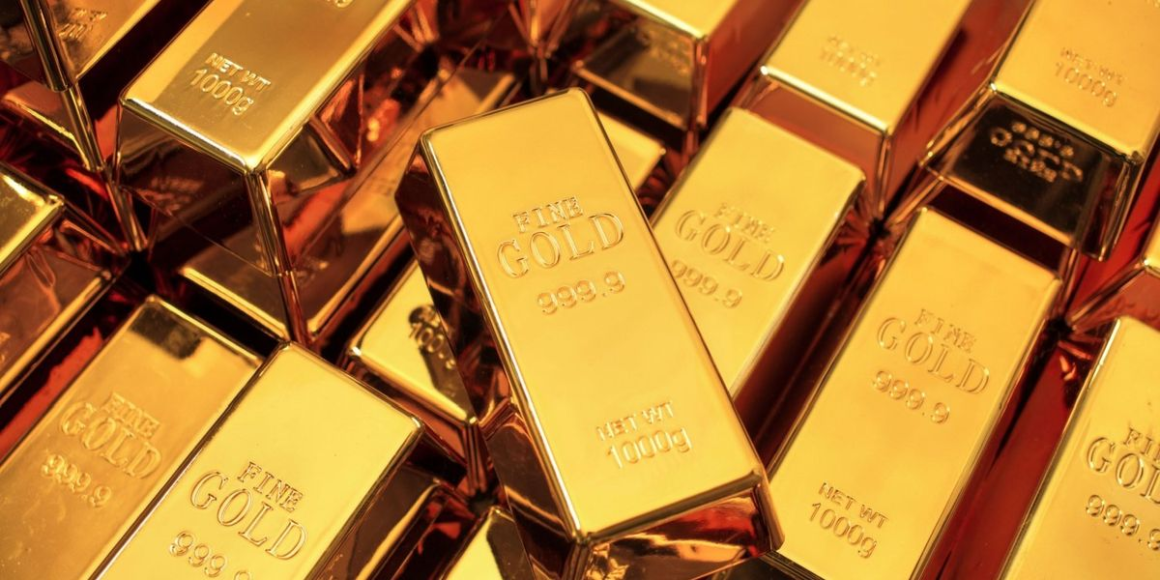Central banks were net sellers of gold before that time, selling roughly 4,426 MT of gold between 2000 and 2009. But for nearly a decade and a half now they’ve been net buyers of the metal.
As central banks continue to battle inflation with higher interests and the markets fret over the potential for economic recession, gold prices once again broke past the US$2,000 level in March and continued climbing to set a new record high of US$2,442 in May 19.
It’s clear that central banks are a key component of gold demand. But why do they buy and sell the precious metal, and how do they decide when to do so? Keep reading to find out.
Central banks serve a few primary functions, including setting interest rates, regulating monetary policy and controlling the printing and circulation of coins and bills.
This risk is part of the reason central bank gold buying has increased since 2010.
Here are three primary uses of gold as the reserve commodity of choice for national banks.
Gold is a well-known safe-haven investment prone to acting positively in times of uncertainty and market volatility. It is viewed as an asset that holds no liability, adding to its ability to mitigate risk.
American banker and financier JP Morgan is famously quoted as saying, “Gold is money. Everything else is credit,” highlighting another intrinsic benefit of gold, which is its sustained purchasing power.
Central banks look to purchase gold as a hedge against a weakening dollar or any other fiat currency.
Gold’s role as a portfolio or investment diversifier also aids in its ability to mitigate risk.
Central banks have therefore traditionally held large reserves of gold to safeguard their financial systems. In the case of a system collapsing, gold supply provides the means to recover. In this way, gold instills confidence in the strength of the central bank and the financial security of the nation.
Hedging against the effects of inflation is another reason why central banks buy gold. In its simplest terms, inflation is the rise in price of a basket of goods.
In order for inflation to not dramatically impact a country’s economy, the nation requires investments that are not tied to the dollar — enter gold and the other precious metals.
Many view gold as a barometer of the value of foreign exchange instruments. Gold’s rising value is viewed as evidence that currencies are becoming devalued.
The primary function of central banks is to promote stability and foster economic growth. As currencies become increasingly devalued, banks must ensure their respective economies don’t flounder. As such, gold is used to control the size and speed of market growth.
Emerging and developing economies (EMDEs) such as China and Russia are especially exposed to free market excesses and the US dollar, and central banks use gold to offset the risk.
Italy, France and Russia take the third, fourth and fifth spots, holding 2,451.84 MT, 2,436.97 MT and 2,332.74 MT, respectively. China and Switzerland are in the sixth and seventh positions with 2,262.39 MT and 1,040 MT.
Down the list with less than 1,000 MT each are Japan (845.97 MT), India (822.58 MT) and the Netherlands (612.45 MT).
Most banks store gold in their subterranean vaults, although some keep their physical gold in foreign reserves.
For example, of its 612.45 MT, the Dutch central bank has 15,000 gold bars, or 31 percent, of its gold stock on hand. The remainder is split between two foreign banks: 31 percent is held in New York’s Federal Reserve bank and 38 percent is kept in Canada’s central bank.
Since 2010 when central banks became net buyers of gold, the metal’s price has increased by more than double. In 2010, the price of an ounce of gold was US$1,096. In May 2024, gold passed US$2,400 and set a new all-time high of US$2,442 on May 21.
Higher gold prices haven’t stopped the central banks of China, Russia, India or Turkey from growing their gold holdings. In fact, despite the record gains in the gold price in the last few years, these nations’ central banks have been some of the world’s biggest buyers of the precious metal.
Other central banks making significant increases to the gold holdings last year include Singapore and Libya, picking 77 MT and 30 MT, respectively. In addition, The National Bank of Poland picked up 130 MT of the yellow metal to make it the second largest gold buyer for the year. The purchase increased the central bank’s holdings by 57 percent.
Looking ahead, the WGC has no doubts that central bank will continue to be net purchasers in 2024, “even if a third consecutive year of ~1,000t net purchases may be unlikely.”
Already in the first three months of 2024, central banks had collectively added nearly 290 MT of gold reserves, up 1 percent from the same period last year and the highest Q1 total in 24 years. The largest buyers were Turkey at 30 MT, China at 27 MT and India at 19 MT.
This is an updated version of an article first published by the Investing News Network in 2020.
Securities Disclosure: I, Melissa Pistilli, hold no direct investment interest in any company mentioned in this article.


Leave a Reply